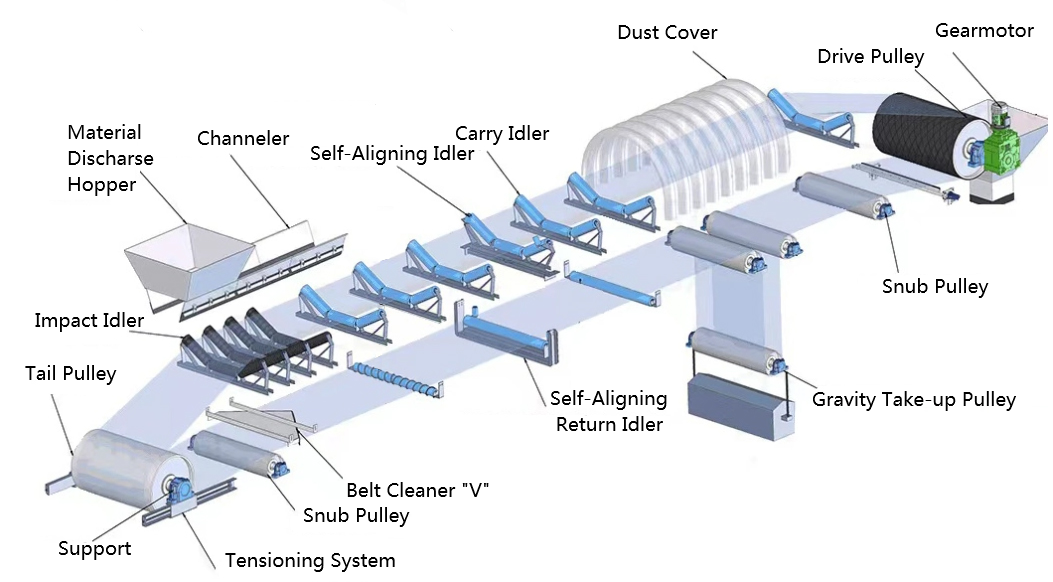 Afrikaans
Afrikaans  Albanian
Albanian  Amharic
Amharic  Arabic
Arabic  Armenian
Armenian  Azerbaijani
Azerbaijani  Basque
Basque  Belarusian
Belarusian  Bengali
Bengali  Bosnian
Bosnian  Bulgarian
Bulgarian  Catalan
Catalan  Cebuano
Cebuano  Corsican
Corsican  Croatian
Croatian  Czech
Czech  Danish
Danish  Dutch
Dutch  English
English  Esperanto
Esperanto  Estonian
Estonian  Finnish
Finnish  French
French  Frisian
Frisian  Galician
Galician  Georgian
Georgian  German
German  Greek
Greek  Gujarati
Gujarati  Haitian Creole
Haitian Creole  hausa
hausa  hawaiian
hawaiian  Hebrew
Hebrew  Hindi
Hindi  Miao
Miao  Hungarian
Hungarian  Icelandic
Icelandic  igbo
igbo  Indonesian
Indonesian  irish
irish  Italian
Italian  Japanese
Japanese  Javanese
Javanese  Kannada
Kannada  kazakh
kazakh  Khmer
Khmer  Rwandese
Rwandese  Korean
Korean  Kurdish
Kurdish  Kyrgyz
Kyrgyz  Lao
Lao  Latin
Latin  Latvian
Latvian  Lithuanian
Lithuanian  Luxembourgish
Luxembourgish  Macedonian
Macedonian  Malgashi
Malgashi  Malay
Malay  Malayalam
Malayalam  Maltese
Maltese  Maori
Maori  Marathi
Marathi  Mongolian
Mongolian  Myanmar
Myanmar  Nepali
Nepali  Norwegian
Norwegian  Norwegian
Norwegian  Occitan
Occitan  Pashto
Pashto  Persian
Persian  Polish
Polish  Portuguese
Portuguese  Punjabi
Punjabi  Romanian
Romanian  Russian
Russian  Samoan
Samoan  Scottish Gaelic
Scottish Gaelic  Serbian
Serbian  Sesotho
Sesotho  Shona
Shona  Sindhi
Sindhi  Sinhala
Sinhala  Slovak
Slovak  Slovenian
Slovenian  Somali
Somali  Spanish
Spanish  Sundanese
Sundanese  Swahili
Swahili  Swedish
Swedish  Tagalog
Tagalog  Tajik
Tajik  Tamil
Tamil  Tatar
Tatar  Telugu
Telugu  Thai
Thai  Turkish
Turkish  Turkmen
Turkmen  Ukrainian
Ukrainian  Urdu
Urdu  Uighur
Uighur  Uzbek
Uzbek  Vietnamese
Vietnamese  Welsh
Welsh  Bantu
Bantu  Yiddish
Yiddish  Yoruba
Yoruba  Zulu
Zulu Understanding the Role of Head Pulley in Belt Conveyor Systems
Understanding the Importance of the Belt Conveyor Head Pulley
Belt conveyors are integral components in various industries, facilitating the efficient transport of materials over short and long distances. Among the many parts of a belt conveyor system, the head pulley plays a crucial role in the overall functionality and effectiveness of the conveyor. This article explores the significance of the head pulley, its functions, and considerations for maintenance and optimization.
What is the Head Pulley?
The head pulley is located at the end of the conveyor system and serves as the driving force that moves the belt forward. It is a cylindrical component connected to a drive motor, which rotates the pulley and, consequently, the belt. The head pulley is essential for the continual movement of material loaded on the conveyor belt, making it an indispensable element in industries such as mining, manufacturing, and logistics.
Functions of the Head Pulley
1. Driving the Belt The primary function of the head pulley is to drive the conveyor belt. The motor connected to the pulley generates the necessary torque to turn the pulley, facilitating the movement of the belt and conveying materials from one location to another.
2. Material Discharge As the belt approaches the head pulley, materials that have been transported are discharged from the belt. The head pulley’s design ensures that materials are released efficiently without causing spills or jams, maintaining a clean and safe working environment.
3. Tension Control The head pulley also plays a critical role in maintaining the tension of the conveyor belt. Proper tension is vital for the belt's performance, as it ensures effective friction between the pulley and the belt and prevents slippage.
4. Alignment and Support The head pulley assists in maintaining the alignment of the conveyor belt. By ensuring that the belt remains centered during operation, the head pulley helps prevent wear and tear, extending the service life of the conveyor system.
Maintenance Considerations
Regular maintenance of the head pulley is crucial for the efficient operation of a belt conveyor system. Here are several key maintenance practices
belt conveyor head pulley

1. Lubrication Ensuring proper lubrication of the pulley bearings minimizes friction and wear, allowing for smoother operation and preventing breakdowns.
3. Wear Inspection Inspecting the head pulley for signs of wear or damage, such as cracks or surface degradation, is crucial. Any defects should be addressed promptly to prevent failure.
4. Cleaning Keeping the head pulley clean from any material buildup or debris can prevent operational inefficiencies and extend the life of the conveyor system.
Optimization Strategies
To optimize the performance of a belt conveyor, especially regarding the head pulley, several strategies can be implemented
1. Selecting the Right Pulley Material Choosing the appropriate material for the head pulley can significantly affect its durability and performance.
2. Utilizing Advanced Technology Employing sensors and monitoring systems can provide real-time feedback on the operation of the head pulley, allowing for immediate adjustments and preventing potential issues.
3. Upgrading Components Regularly upgrading worn components of the head pulley system can enhance overall efficiency.
In conclusion, the head pulley of a belt conveyor is vital for facilitating material transport, ensuring safe operations, and maintaining system integrity. Understanding its functions and prioritizing regular maintenance and optimization measures can significantly enhance the efficiency and lifespan of belt conveyor systems across various industries.
-
Revolutionizing Conveyor Reliability with Advanced Rubber Lagging PulleysNewsJul.22,2025
-
Powering Precision and Durability with Expert Manufacturers of Conveyor ComponentsNewsJul.22,2025
-
Optimizing Conveyor Systems with Advanced Conveyor AccessoriesNewsJul.22,2025
-
Maximize Conveyor Efficiency with Quality Conveyor Idler PulleysNewsJul.22,2025
-
Future-Proof Your Conveyor System with High-Performance Polyurethane RollerNewsJul.22,2025
-
Driving Efficiency Forward with Quality Idlers and RollersNewsJul.22,2025





























